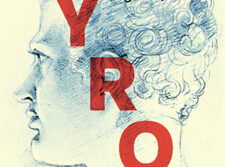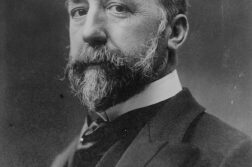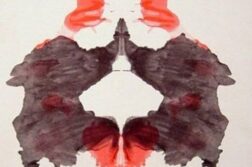The following is excerpted from the introduction to Queer Beats: How the Beats Turned America on to Sex, which will be published by Cleis Press this July.
IN THE SUMMER OF 1948, Allen Ginsberg sublet a Spanish Harlem apartment from a fellow student at Columbia University and began reading the theology books stacked around the room in orange crates. In a mystical frame of mind, he pored over William Blake, Saint Teresa of Avila, Saint John of the Cross. One afternoon, he lay on the bed by the open window, his pants unzipped, reading Blake’s “Ah! Sunflower” while masturbating. After he came, he heard a low, ancient voice that seemed to emanate from somewhere in the room. It was the voice of Blake himself, he realized, reciting his own poem. “The peculiar quality of the voice was something unforgettable,” Ginsberg later explained, “because it was like God had a human voice, with all the infinite tenderness and mortal gravity of a living Creator speaking to his son.” The vision persisted, accompanied by heightened visual perception and a sudden knowledge of the wondrous complexity of nature and the divine significance of the works of man: “I had the impression of the entire universe as poetry filled with light and intelligence and communication and signals.”






